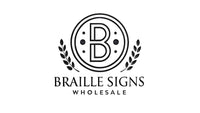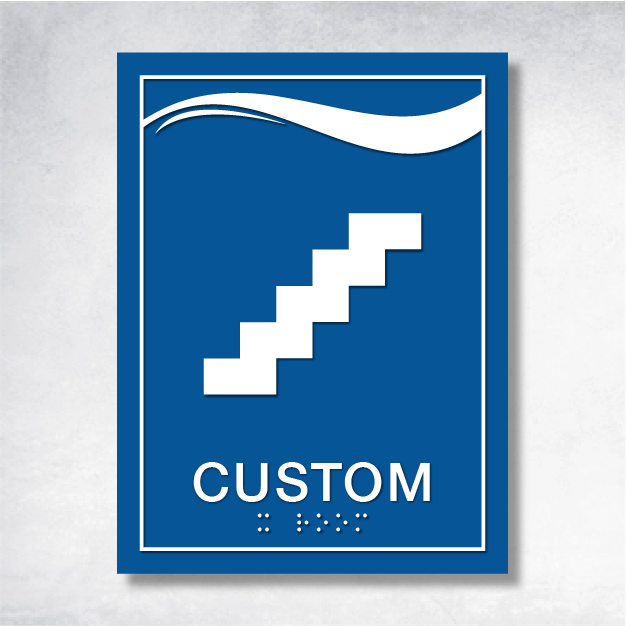Navigating the World: How Braille Signage Transforms Public Spaces
In the bustling heart of our cities, where the rhythm of life never pauses, creating accessible public spaces is more than a design challenge—it's a commitment to inclusivity. Imagine a world where everyone, regardless of their abilities, can navigate their surroundings with ease and confidence. This vision is brought to life through the thoughtful integration of Braille signage, a cornerstone of universal design that empowers visually impaired individuals to explore public spaces independently.
A Touch of Safety: The Role of Braille Signage
Braille signage is not just a tool; it's a bridge to independence. Just as visual signs guide the sighted, these tactile markers are essential for those who rely on touch to navigate. In places like hospitals, shopping malls, and transit stations, Braille signs are lifelines, guiding individuals safely through complex environments. They mark emergency exits, highlight hazardous areas, and map out key routes, reducing risks and bolstering confidence.
Navigating the Legal Landscape
In the United States, the Americans with Disabilities Act (ADA) sets the stage for accessibility, mandating Braille signage in public buildings. These regulations are precise, detailing everything from the height of Braille placement to the contrast of colors used. Compliance isn't just about avoiding fines; it's about embracing a vision of inclusivity. Across the globe, from the EU to Australia, similar laws reinforce the critical role of tactile signage in public spaces.
Crafting Effective Braille Signage: Best Practices
Designing Braille signage isn't just about meeting standards; it's about creating seamless experiences. Integrating tactile elements like raised graphics and textured flooring enhances usability. High-contrast colors are vital for those with low vision, while wayfinding systems with Braille maps and tactile cues transform navigation in large facilities. These thoughtful designs enhance spatial orientation and make complex environments feel welcoming.
Learning Without Limits: Braille in Education
Consider the transformative power of Braille signage in educational settings. A study at Cebu Normal University revealed that Braille signs significantly improved navigation efficiency, reducing students' reliance on guides. This underscores Braille's role in fostering academic inclusion, allowing students to explore their campuses with newfound independence.
The Future of Inclusive Design: Where Innovation Meets Accessibility
The future of Braille signage is bright, with emerging technologies like audio-tactile interfaces leading the way. These smart solutions offer dynamic, interactive navigation assistance, complementing traditional Braille. As advocacy for universal design principles grows, there's a push to embed accessibility into the very fabric of public space planning, ensuring environments cater to diverse needs from the outset.
Empowering Through Touch: The Enduring Impact of Braille Signage
Braille signage is more than a regulatory requirement; it's a testament to our commitment to inclusivity. As we innovate and adhere to legal standards, our dedication to accessibility remains steadfast. For those looking to enhance accessibility in their spaces, BrailleSignWholesale offers a range of ADA-compliant solutions designed to make a difference.
Explore More: Dive into the World of Braille Signage
For those eager to delve deeper into the world of Braille signage, BrailleSignWholesale is a treasure trove of information and products. Discover how these tactile solutions are reshaping public spaces and championing the cause of inclusivity.









